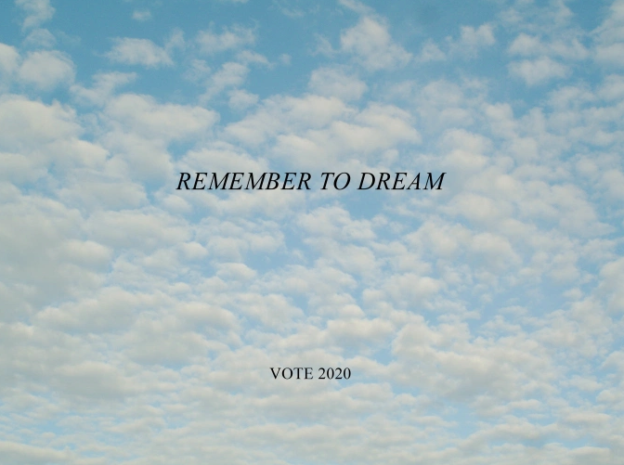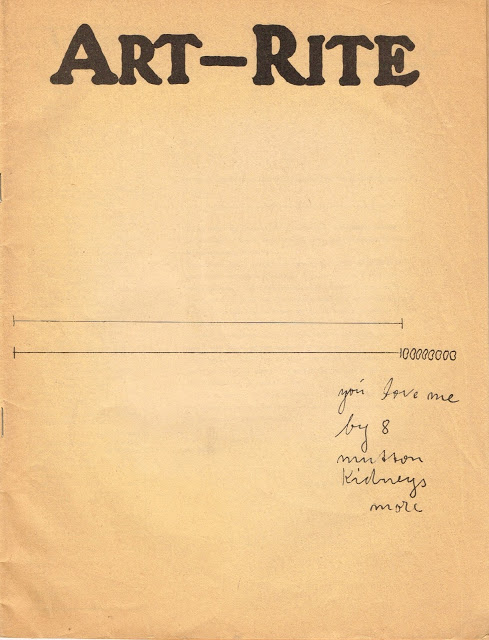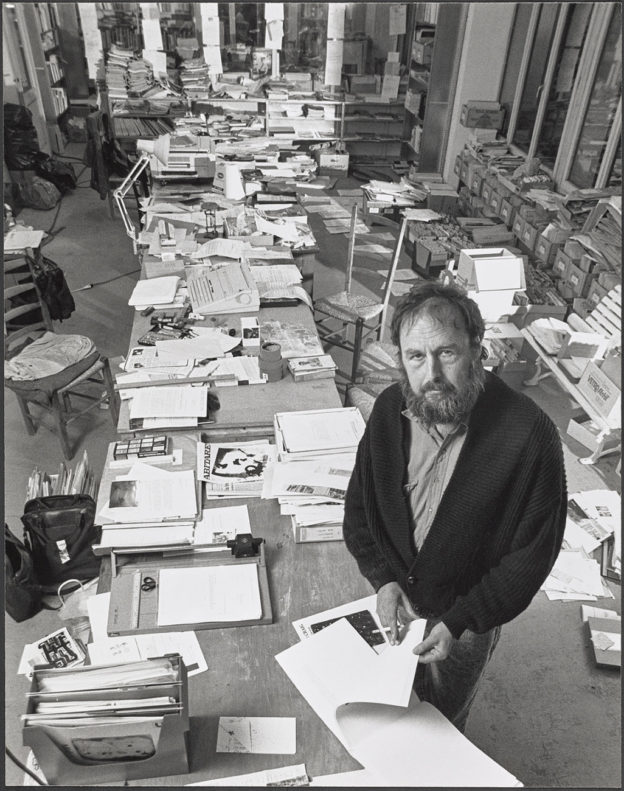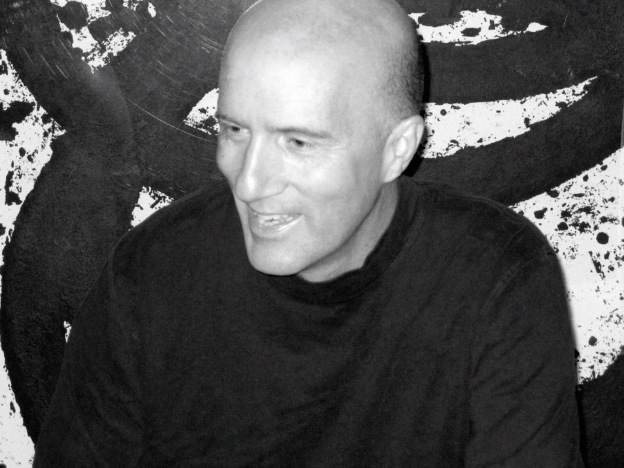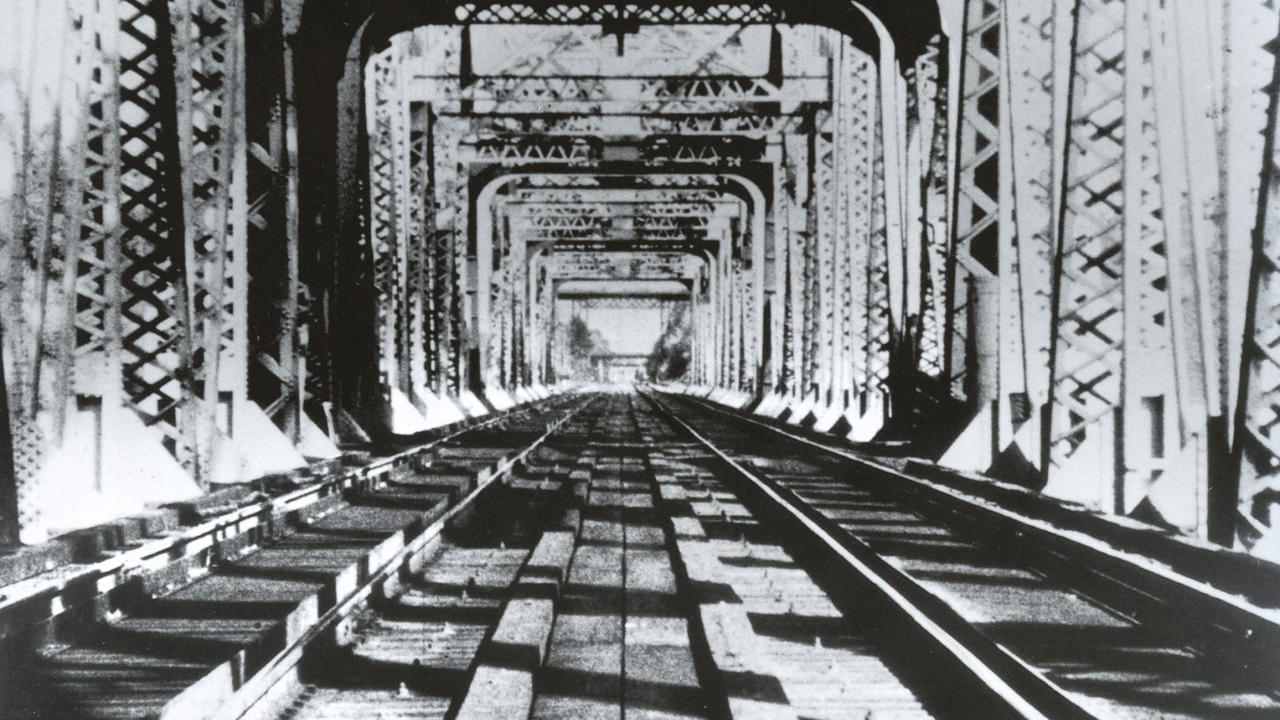


Over 100 artists and estates have donated works for a fundraiser supporting Democratic presidential nominee Joe Biden.* Presented on Platform.art—an initiative developed by David Zwirner—participating galleries include Regen Projects, Jack Shainman, Gladstone, Lehmann Maupin, Petzel, and Marian Goodman, as well as Gemini G.E.L.
Following a virtual kickoff earlier this week with vice-presidential nominee Kamala Harris, Carrie Mae Weems, and Catherine Opie, the sale is now live. See link below for details.



October 2–October 8, 2020.
Platform.art
*Participating artists and estates include Marina Adams, Doug Aitken, Richard Aldrich, John Baldessari (donated by Gemini G.E.L.), Alvin Baltrop, Walead Beshty, McArthur Binion, Dike Blair, Sebastian Blanck, Carol Bove, Cecily Brown, George Condo, Patricia Cronin, Sarah Crowner, N. Dash, Tara Donovan, Carroll Dunham, Marcel Dzama, William Eggleston, Rafa Esparza, Shepard Fairey, Rochelle Feinstein, Radamés “Juni” Figueroa, Spencer Finch, Suzan Frecon, Charles Gaines, Jerrell Gibbs, Sam Gilliam, Joanne Greenbaum, Isca Greenfield-Sanders, Thomas Hager, Trenton Doyle Hancock, Tyler Haughey, Michael Heizer, Carmen Herrera, Lynn Hershman Leeson, Jenny Holzer, Ridley Howard, Alex Hubbard, John Huggins, Ayana V. Jackson, Rashid Johnson, Deborah Kass, KAWS, Ellsworth Kelly, Jon Kessler, Toba Khedoori, Christine Sun Kim, Jeff Koons, Doron Langberg, Liz Larner, Bonnie Lautenberg, An-My Lê, Roy Lichtenstein, Maya Lin, Robert Longo, Emmanuel Lubezki, Brice Marden, Julie Mehretu, Marilyn Minter, Ivan Morley, Rebecca Morris, Vik Muniz, Wangechi Mutu, Jordan Nassar, Alice Neel, Shirin Neshat, Catherine Opie, Angel Otero, Jack Pierson, Lari Pittman, Martin Puryear, Christina Quarles, Robert Rauschenberg (donated by Gemini G.E.L.), Alexis Rockman, Ugo Rondinone, Victoria Roth, Ed Ruscha, Alison Saar, Betye Saar, Fred Sandback, Fanny Sanín, Kenny Scharf, Richard Serra, Cindy Sherman, Amy Sillman, Gary Simmons, Laurie Simmons, Xaviera Simmons, Vaughn Spann, Tavares Strachan, Sarah Sze, Mika Tajima, Kyle Thurman, Fred Tomaselli, Leo Villareal, Charline von Heyl, Carrie Mae Weems, Lawrence Weiner, James Welling, Stanley Whitney, Kehinde Wiley, Chloe Wise, Christopher Wool, Rob Wynne, Lisa Yuskavage, and Andrea Zittel.



From top: Carrie Mae Weems, Remember to Dream, 2020, screenprint on rag paper, printed by Kaleb Hunkele of Standard Art Supply, image courtesy and © the artist and Jack Shainman Gallery, New York; Michael Heizer, Blue Diorite, 1981, 89-lb. blue diorite in aluminum frame, image © Michael Heizer, courtesy Agnes Gund, the artist, and Gagosian, photograph by Rob McKeever, donated by a private collector; Carol Bove, Coy Satanism, 2020, stainless steel and urethane paint, image courtesy and © the artist and David Zwirner; Liz Larner, Fictile, 2010–2011, ceramic and epoxy, image courtesy and © the artist and Regen Projects; Kyle Thurman, Suggested Occupation 56 (Spring Image, travel nightly), 2020, gouache, graphite, and watercolor on paper in artist’s frame, image courtesy and © the artist and David Lewis; Charline von Heyl, The Sticky Hour, 2018, acrylic and crayon on linen, image courtesy and © the artist and Petzel Gallery; Tavares Strachan, We Are in This Together (Multi),, 2019, neon and transformers, image courtesy and © the artist and Marian Goodman Gallery; Jenny Holzer, selection from Truisms: Abuse of power comes as no surprise, 2015, dark labradorite footstool, image courtesy and © the artist and Artists Rights Society (ARS), New York; Sam Gilliam, Untitled, 2020, watercolor on washi paper, image courtesy and © the artist and David Kordansky Gallery; KAWS, Together, 2017, painted bronze, image courtesy and © the artist; Alvin Baltrop, The Piers (profile portrait), n.d., gelatin silver print, image courtesy and © the Alvin Baltrop Trust, Third Streaming, and Galerie Buchholz; Lari Pittman, Portrait of a Human (Pathos, Ethos, Logos, Kairos #17), 2018, cel vinyl and spray paint on linen on wood panel, image courtesy and © the artist and Regen Projects; Ed Ruscha, We (#1), dry pigment and acrylic on paper, 2020, image courtesy and © the artist.




